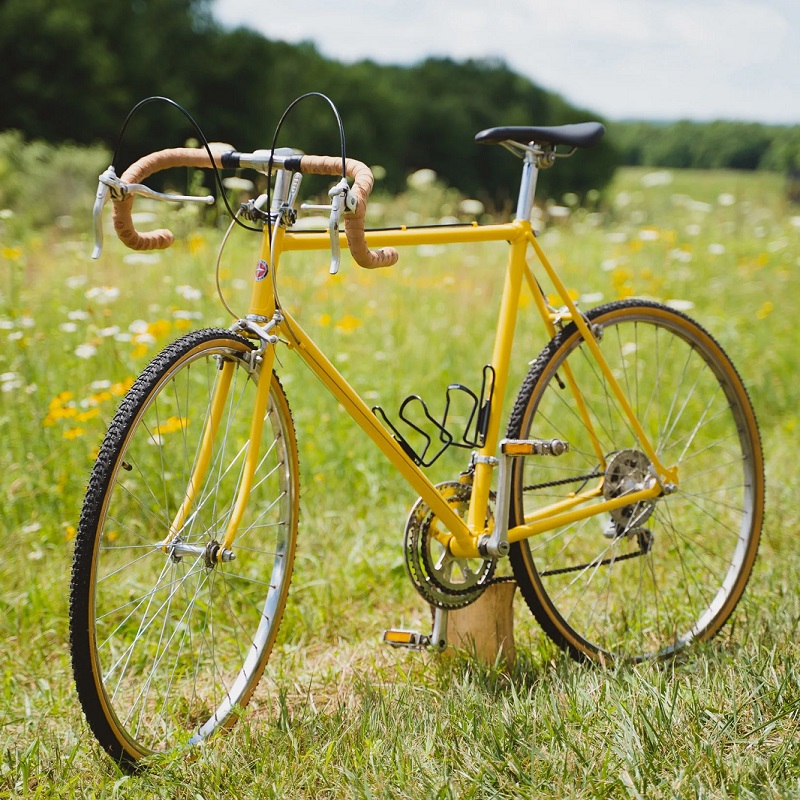When we talk about a vintage road bike, we are not merely referring to bicycles; we are discussing a pivotal part of cycling history that spans decades. These bikes stand out, not only as modes of transportation but also as symbols of an evolving culture. Generally, vintage road bikes are bicycles manufactured prior to the late 1980s, and they are characterized by unique designs, high-quality craftsmanship, and special materials. With their iconic aesthetics and distinctive features, vintage road bikes evoke nostalgia and inspire new generations of cyclists.
In this article, we will delve into the captivating history of vintage road bikes, effectively exploring how iconic models shaped cycling culture and influenced countless cyclists. Additionally, we will examine the technological advancements that transformed the riding experience. By uncovering the rich heritage behind these classic bikes, we aim to deepen readers’ understanding of their significance and lasting impact on the biking world.
The Early Days of Road Biking
The roots of road biking can be traced back to the late 19th century when cycling began to gain popularity as a recreational activity and as a mode of transportation. This era witnessed significant changes, especially with the introduction of the penny-farthing.
Emergence of Safety Bicycles
- Penny-Farthing Designs: The penny-farthing, characterized by its large front wheel, was one of the first iconic designs in cycling history. However, despite its innovative design, the penny-farthing presented safety concerns due to its height, making it difficult to mount and dismount. Consequently, many riders experienced accidents, which ultimately led to calls for safer alternatives.
- The Safety Bicycle: Fortunately, the introduction of safety bicycles in the 1880s changed the landscape. Unlike their predecessors, these bicycles featured equal-sized wheels, lower frames, and a chain-driven rear wheel. As a result, cycling became more accessible and enjoyable for a wider audience. Consequently, this transition firmly established the groundwork for the development of vintage road bikes.
The Rise of Vintage Road Bikes
By the early 1900s, the focus on lightweight materials, such as steel, along with advancements in design, led long-distance riders to embrace vintage road bikes. These bikes offered streamlined frames and thinner tires, optimized for speed and efficiency. Thus, many cyclists began to adopt road biking as a serious sport, setting the stage for the classic road bikes we admire today.

Technological Advancements in the Mid-20th Century
The mid-20th century marked a period of significant innovation and change in cycling. As technology advanced, it played an undeniable role in shaping the vintage road bike and influencing performance.
Innovations in Materials
- Introduction of Aluminum and Carbon Fiber: As cycling gained more mainstream popularity, manufacturers began exploring materials beyond traditional steel. The introduction of aluminum frames in the 1970s offered lighter options, thus making climbing and long-distance rides more manageable. Subsequently, the arrival of carbon fiber showcased remarkable strength-to-weight ratios, revolutionizing bike design yet again.
- Enhancements in Components: Furthermore, the development of indexed shifting systems greatly improved the efficiency of gear changes. This technological advancement allowed cyclists to shift gears seamlessly, enhancing performance during competitions. Consequently, this shift in technology led to bikes that could handle both leisurely rides and intense racing conditions.
Racing Culture and Vintage Road Bikes
- Tour de France Influence: The rise in the popularity of road cycling in the mid-20th century coincided with the prestigious Tour de France event. This iconic race not only showcased the capabilities of vintage road bikes but also elevated their visibility among new cyclists. As cycling transformed into a spectator sport, manufacturers were inspired to produce more advanced bicycles.
- Brand Evolution: Notable manufacturers such as Peugeot, Raleigh, and Bianchi gained tremendous admiration during this period. They crafted vintage road bikes designed for serious competitors, thus attracting committed enthusiasts and competitive cyclists alike.
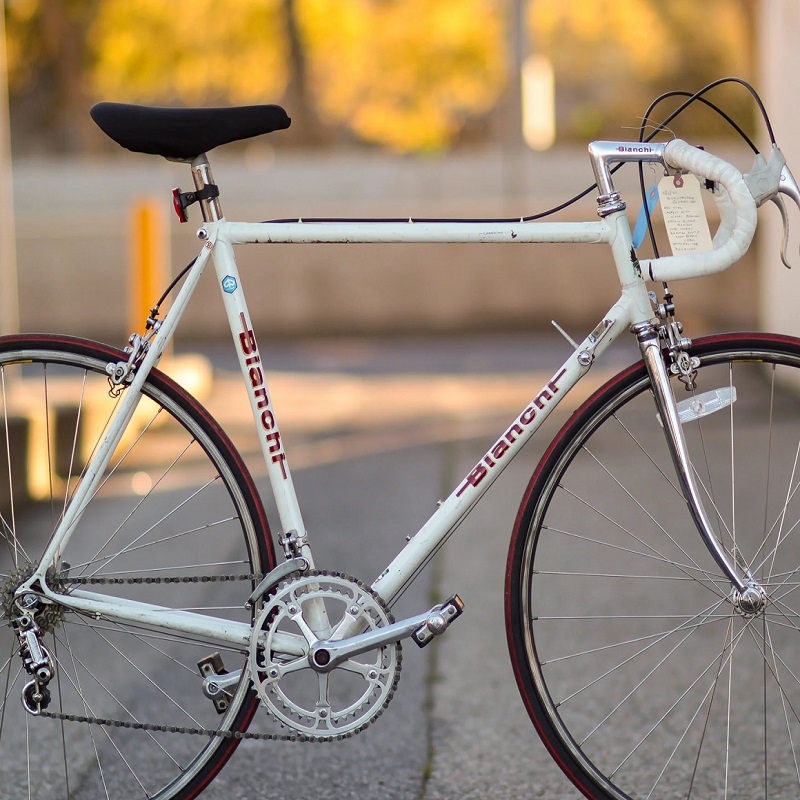
Iconic Vintage Road Bike Models
Several vintage road bike models have transcended time to define cycling culture and leave a lasting impact. Let’s take a closer look at a few iconic creations that have become celebrated classics in cycling history.
Cinelli Supercorsa
The Cinelli Supercorsa is often hailed as one of the most beautiful vintage road bikes ever produced. Originating in Italy, this elegant bicycle features a finely crafted steel frame, combined with a low bottom bracket and expertly tuned geometry for optimal performance. Notably, many professional cyclists have relied on the Supercorsa for both training and competition. Over its rich history, it has become synonymous with quality craftsmanship, making it one of the most sought-after vintage road bikes today.
Raleigh Professional
Another prominent model is the Raleigh Professional, gaining popularity in the 1970s and 1980s. Renowned for its durable construction and modern geometry, this bike caters to diverse riding styles. The Raleigh Professional is particularly appreciated for its beautiful finish and comfortable ride. Additionally, it has become a favorite among enthusiasts who value classic designs combined with performance capability in every outing.
Bianchi Pista
Bianchi bicycles boast a rich legacy rooted in innovation and a passion for cycling. The Bianchi Pista model emerged as a beloved choice among track cyclists, featuring sleek lines and bold aesthetics. Its racing pedigree places it among the most sought-after vintage road bikes today. Fans admire its ability to combine functionality, weight, and breathtaking design, contributing to its iconic status in the cycling community.
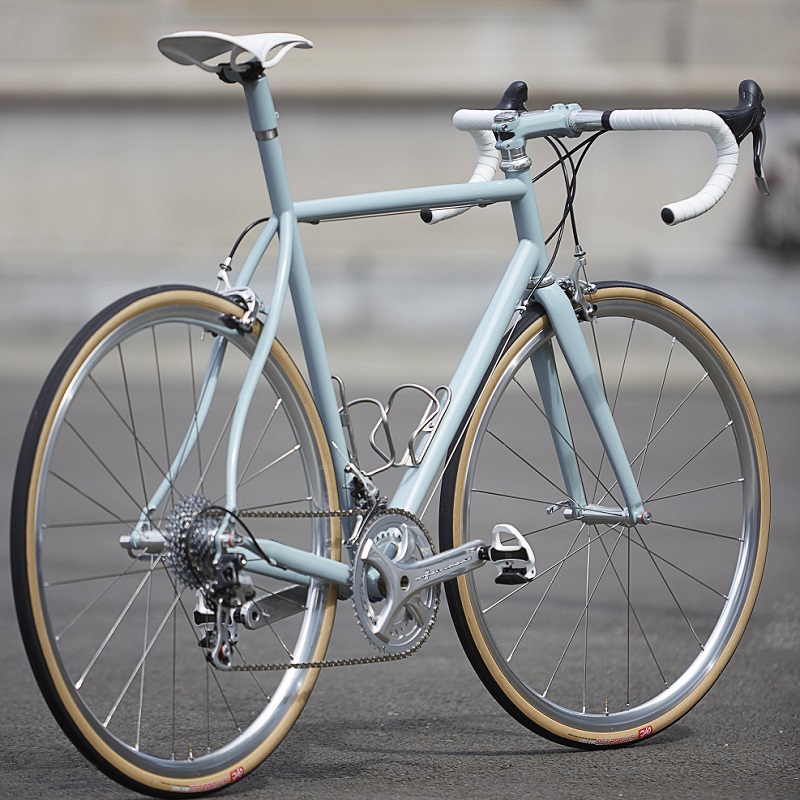
The Vintage Road Bike Restoration Movement
As vintage road bikes gained interest among cycling enthusiasts, a significant restoration movement emerged. Cyclists became eager to seek out classic models, not only to preserve their history but also to enjoy the distinct experience they provide.
Why Restore Vintage Road Bikes?
- Nostalgia and Passion: Many enthusiasts restore vintage road bikes because of a deep-seated nostalgia for the era during which these bikes flourished. The stunning craftsmanship and attention to detail in vintage models captivate collectors and casual riders alike.
- Sustainable Choice: Moreover, restoring older bikes promotes sustainability by extending their lifespan. Instead of frequently purchasing new models, cyclists can revive these beautiful machines. This aspect resonates with eco-conscious riders as well as traditionalists who genuinely appreciate classic designs.
The Restoration Process
- Research and Finding Parts: The restoration process typically starts with researching specific models and their components. Some enthusiasts hunt for rare and original parts online, while others explore local bike shops or attend swap meets, seeking hidden treasures.
- Techniques and Expertise: Restoring vintage road bikes requires various skills, including mechanical expertise, painting, and upholstery. Many enthusiasts learn these skills through experience or find online communities that offer guidance. This restoration process fosters a sense of accomplishment and connects riders to the rich history behind their bikes.
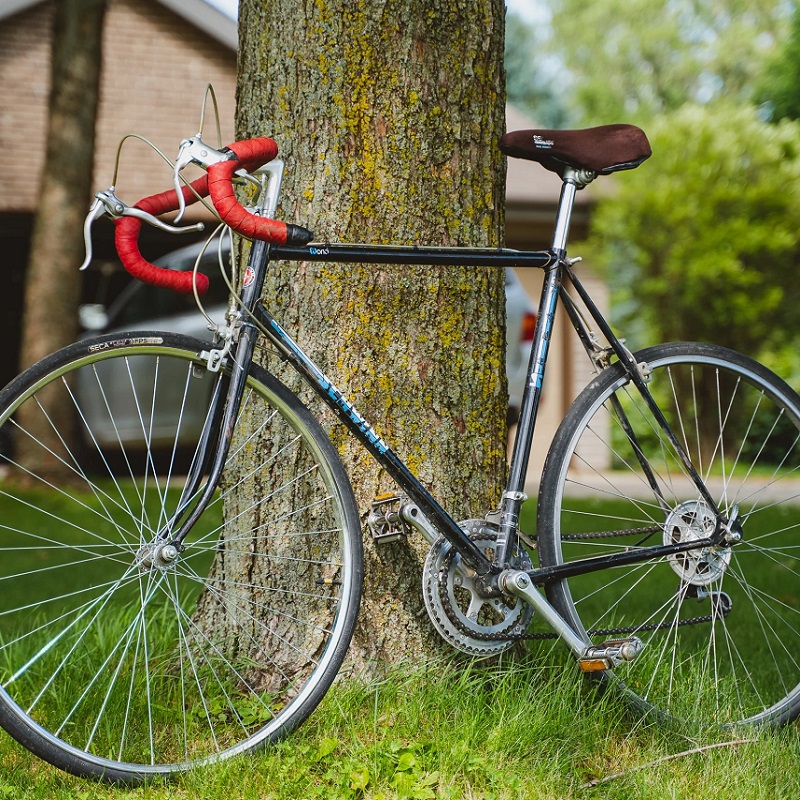
In Modern Cycling Culture
Even today, vintage road bikes hold great cultural value within the cycling community. This phenomenon continues to flourish, particularly among new generations of cyclists eager to discover the joys of biking.
Community and Events
- Vintage Cycling Events: Across the country, numerous events celebrate vintage road bikes, uniting enthusiasts and showcasing their cherished collections. These events foster a community spirit, whether through leisurely group rides or competitive events, facilitating camaraderie among cyclists.
- Social Media Influence: The rise of social media platforms has significantly contributed to the growth of the vintage bike movement. Enthusiasts actively share their restoration journeys, cycling tips, and experiences, thereby creating a vibrant online community. Consequently, vintage road biking becomes more accessible and enjoyable, even for newcomers.
Trends in Cycling Fashion
Interestingly, the retro aesthetic of vintage road bikes has made a pronounced comeback in modern cycling fashion. Riders often opt for classic styling, combining performance with an appreciation for heritage. As a result, brands have begun to recognize this trend and offer gear inspired by vintage designs, enhancing the cultural connection to these classic bicycles.
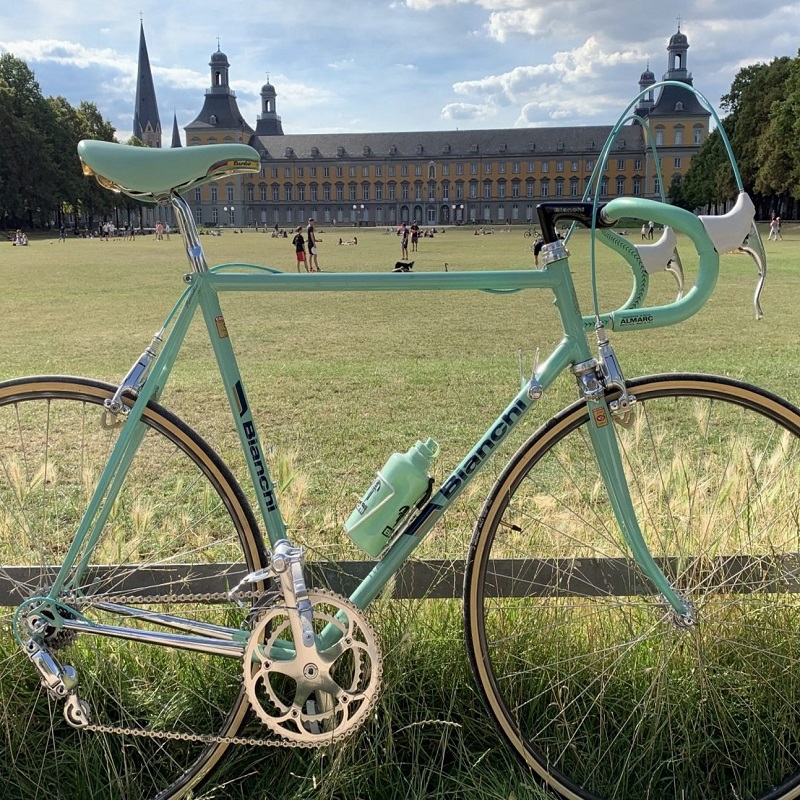
Investing in Vintage Road Bikes
As appreciation for vintage road bikes grows, many enthusiasts consider investing in these iconic models. However, several factors should be taken into account when making such investments.
Assessing Value
- Rarity and Demand: Some bike models become highly sought after due to their limited availability and distinctive features. Researching current trends and demand can guide investment decisions effectively. Accordingly, if a specific bike model gains popularity again, investments in that model may yield positive returns.
- Condition and Authenticity: The value of a vintage road bike often relies on its condition and authenticity. Genuine parts and well-maintained components typically yield higher resale value. Additionally, restoring a bike to its original specifications adds to its allure, making proper restoration techniques invaluable.
Resources for Buyers
- Local Bicycle Shops: Connecting with experienced local shops can provide valuable insight into vintage road bikes. Individuals working there often have extensive knowledge, enabling prospective buyers to navigate the investment process efficiently.
- Online Marketplaces: Websites and forums dedicated to vintage bikes cater to both buyers and sellers. Exploring these resources can help enthusiasts find the perfect bike or restore their existing collection. In many cases, experts are willing to share their knowledge and experiences, which can be invaluable to new collectors.
Celebrating the Legacy
In conclusion, understanding the history of the vintage road bike reveals much about cycling culture and its evolution. From the early designs that sparked the interest of riders to the iconic models that continue to inspire, vintage road bikes represent a significant legacy in the cycling community. They serve not only as functional machines but also as cultural artifacts that evoke nostalgia and pride among enthusiasts.
Furthermore, as the vintage restoration movement thrives and new generations of cyclists continue to emerge, these timeless bikes remain as relevant as ever. Their beauty, craftsmanship, and performance endure, serving as a reminder of cycling’s rich history and innovation. Ultimately, vintage road bikes symbolize a deep appreciation for the sport’s past and present, fostering a lasting connection between riders and the cycling community at large.
As you explore the captivating world of vintage road biking, whether you are an enthusiast, collector, or a curious newcomer, you will undoubtedly be enchanted by the stories and experiences these bikes have to offer. Their journey from humble beginnings to their current iconic status stands as a testament to the enduring spirit of cycling culture.
